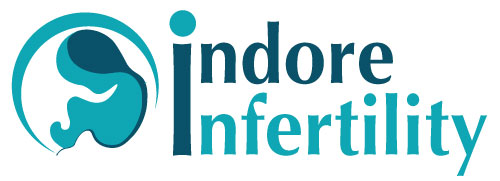

Oocyte Freezing / Egg Freezing or Social Freezing
With an increase in age the probability of conceiving reduces, more so because of the deterioration in the quantity and quality of oocytes. Till now Oocyte or Egg freezing was not practiced routinely as the process were not standardized and there was not enough data to support Egg Freezing as a routine practice. This has now changed and there is enough evidence to support safety and efficacy of egg freezing as a routine procedure for preservation of fertility for women.
At Indore Infertility Clinic IVF Center, we have both the experience and the capability to freeze eggs as a routine practice.
Innovations in Egg Freezing and latest techniques
We have an established Fertility Preservation Programme. We delivered our first cryopreserved oocyte baby in 2016 and have moved over from the old slow freeze protocol to the more efficacious Vitrification protocol as Vitrification or Rapid Freeze is associated with a much better retrieval rate as this eliminates the formation of ice crystals.
Frozen eggs have grabbed headlines in recent years due to many celebrities (like Diana Hayden and Jennifer Frappier) opting for the same.
Frequently Asked Questions About Egg or Oocyte Freezing
We understand your concerns about techniques that are relatively new and hopefully you will find all answers to your queries in the following Frequently Asked Questions section.
What is the cost of Freezing Eggs or Oocyte /Egg Freezing?
Please refer the following Quick Reference Chart for knowing the cost of oocyte Cryopreservation or Egg Freezing:
Cost of Egg FreezingSeeing is Believing - Video below shows how oocytes are warmed in IVF Lab with 100% cryo survival
Resources:
- Mature oocyte cryopreservation: a guideline. Practice Committees of American Society for Reproductive Medicine, Society for Assisted Reproductive Technology. Fertil Steril 2013;99:37–43.
- Rienzi L, Romano S, Albricci L, Maggiulli R, Capalbo A, Baroni E, et al. Embryo development of fresh ‘versus’ vitrified metaphase II oocytes after ICSI: a prospective randomized sibling-oocyte study. Hum Reprod 2010;25:66–73. [PubMed]
- Parmegiani L, Cognigni GE, Bernardi S, Cuomo S, Ciampaglia W, Infante FE, et al. Efficiency of aseptic open vitrification and hermetical cryostorage of human oocytes. Reprod Biomed Online 2011;23:505–12. [PubMed]




